Getting children attracted to sailing is a delicate matter. For most parts, sailing is “boring” for kids: Nothing really happens. They don´t have the ability yet to appreciate the sound of the wind, the gentle movements of the boat and the joy that a perfectly trimmed sail delivers. As parents want to make them love sailing, they of course choose days with a perfect weather to go out – winds not more than a 3, slight heeling, no higher waves. But then, it´s mostly … boring for them. Well, a way to attract them is to educate them: At least it works with my kids. They love stories so much. And so I tell them stories.
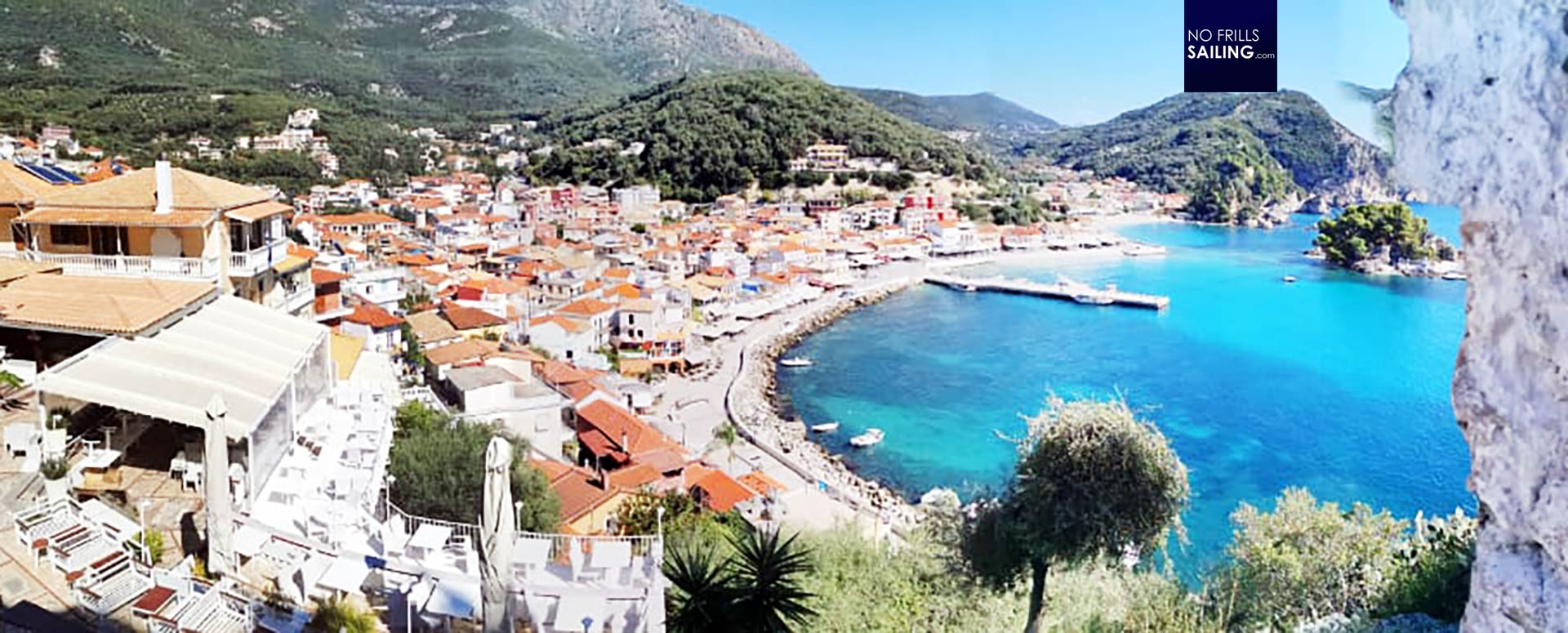
I use our annual family vacation – this time without a boat, but this works on a boat as well (maybe even better) – to tell them stories about the old navigators on ships. As they set out to reach unknown regions, discover uncharted territories. They had nothing at hand in these unbeknown waters than just their knowledge of the all-too familiar night sky. Humans used to navigate by means of stars since centuries. Kids love these stories.
Learning the first stars and constellations
Every morning, mom is still sleeping, I take them down to the beach for our traditional morning walk. We seek to see some wild animals, play at the beach and gather interesting stones: A perfect chance to teach them their first star constellation. Which other would fit better than Cassiopeia? It´s a simple letter: The “W”. I let my boys draw a W in the sand. Making deep holes at the edges I tell them that these are te stars making up the constellation. As simple as that.
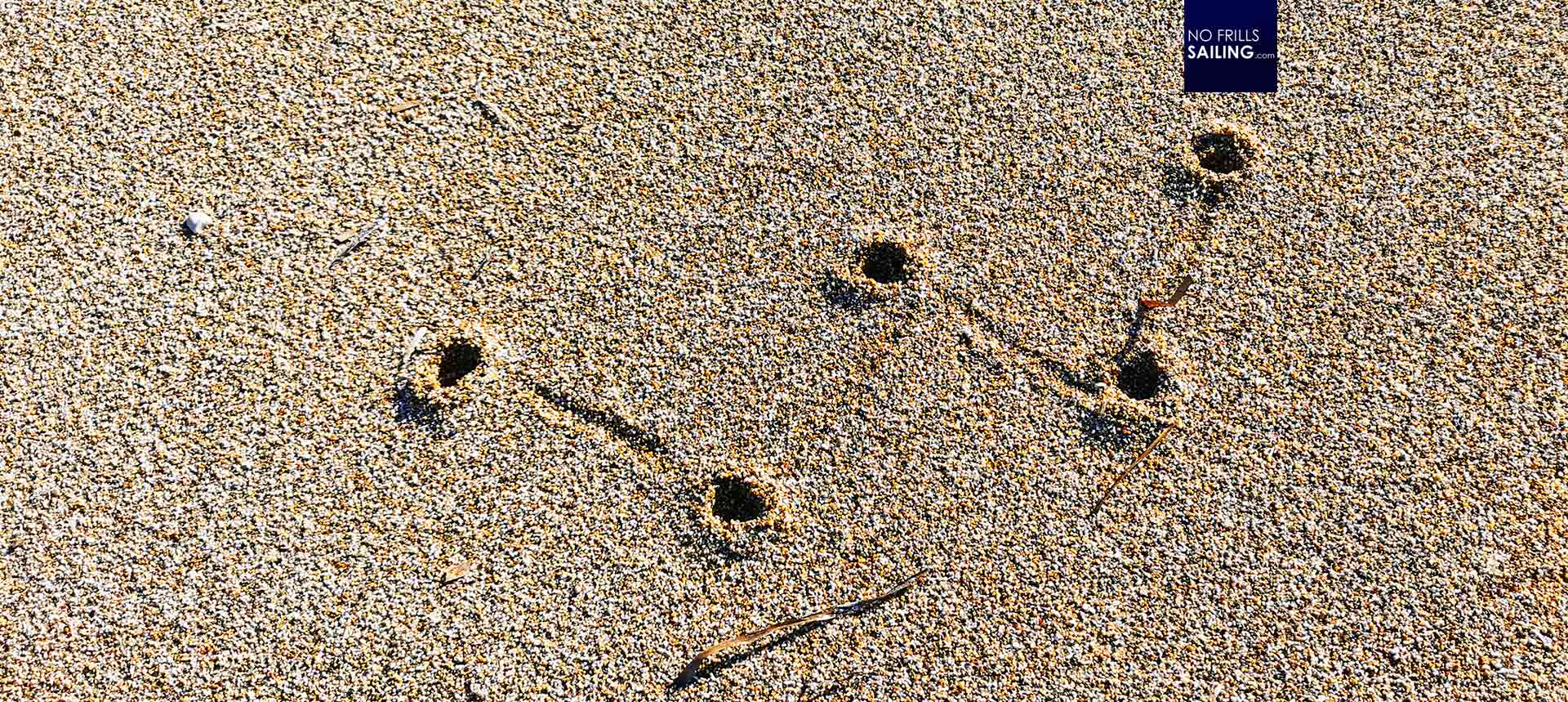
They do learn quickly and will draw their Cassiopeia in a matter of minutes. They learned that the old navigators, in order not to forget about their stellar knowledge and to have a mean of transferring this important information, put together particularly eye-catching sets of stars to so-called constellations. Such as the easy-peasy “W” of the Cassiopeia. By this, I can convey some basic knowledge of stellar navigation or at least, let´s say, the very basics of it.
Identifying the first “own” stars: Learning where North is
After they now know what Cassiopeia is, we take the next step. Somehow my kids already know that there are four main cardinal directions. I guess that´s the work of the Kindergarten or, in case of my oldest son, the first year in school. North, South, East and West are already known terms and they as well know that our planet is a globe. Now, let´s learn how to always find North – which I call “how you always will find home again.” The time of the Big Dipper.
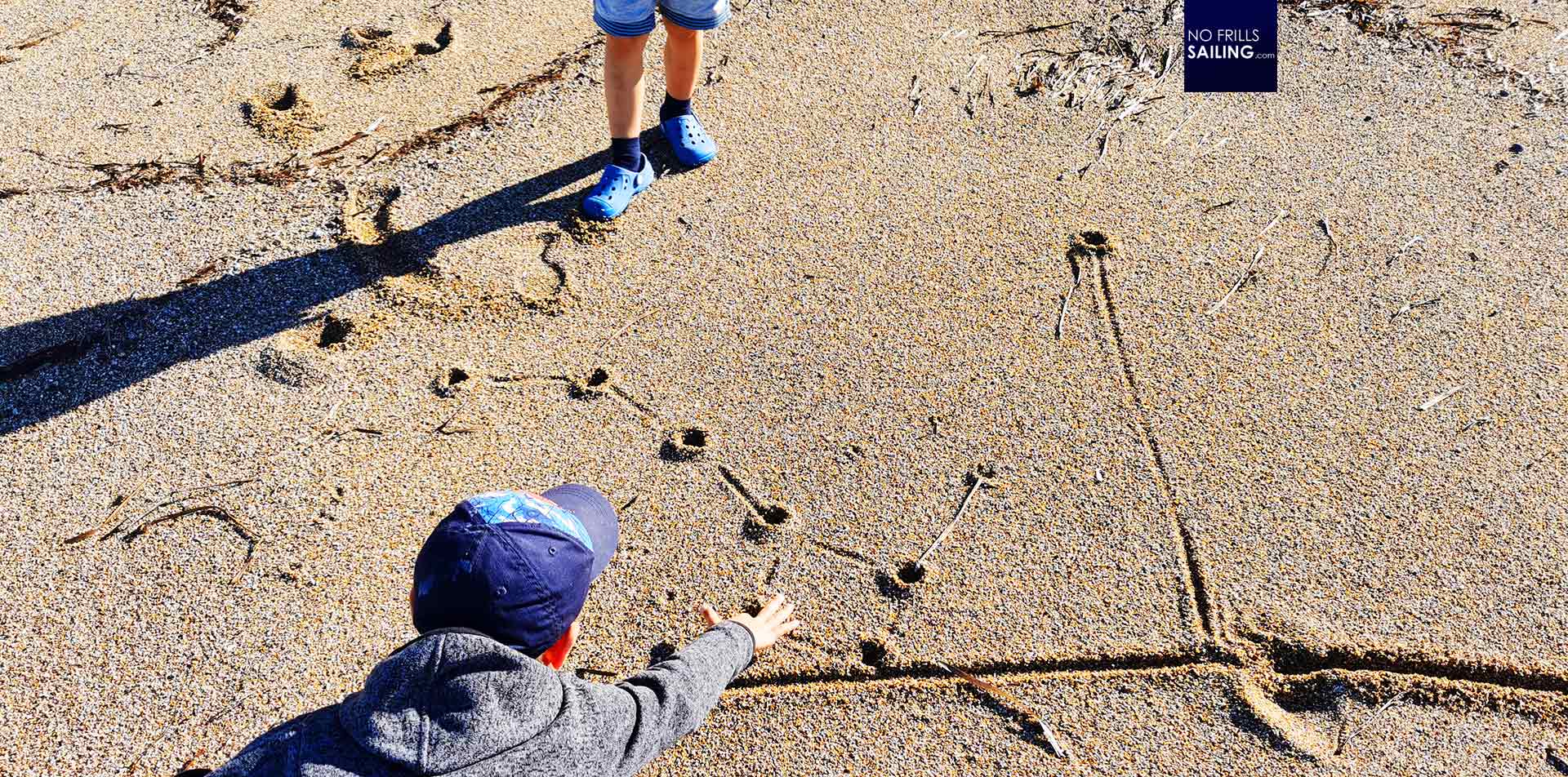
It was as well the first constellations I learned from my brother back in the day and I do really think that this is a very practical knowledge as well in sailing: When I am underway I often take a quick look at the stars in search of the Bid Dipper to confirm our general course relative to the main compass points. So I paint the stars and connect them to form the Big Dipper into the sand of the beach. It´s a simple constellation and by telling them to first look for the three stars forming the “handle” and then for the four stars making up the “shopping cart” it´s a matter of minutes to make them understand. Now, let´s wait for the night …
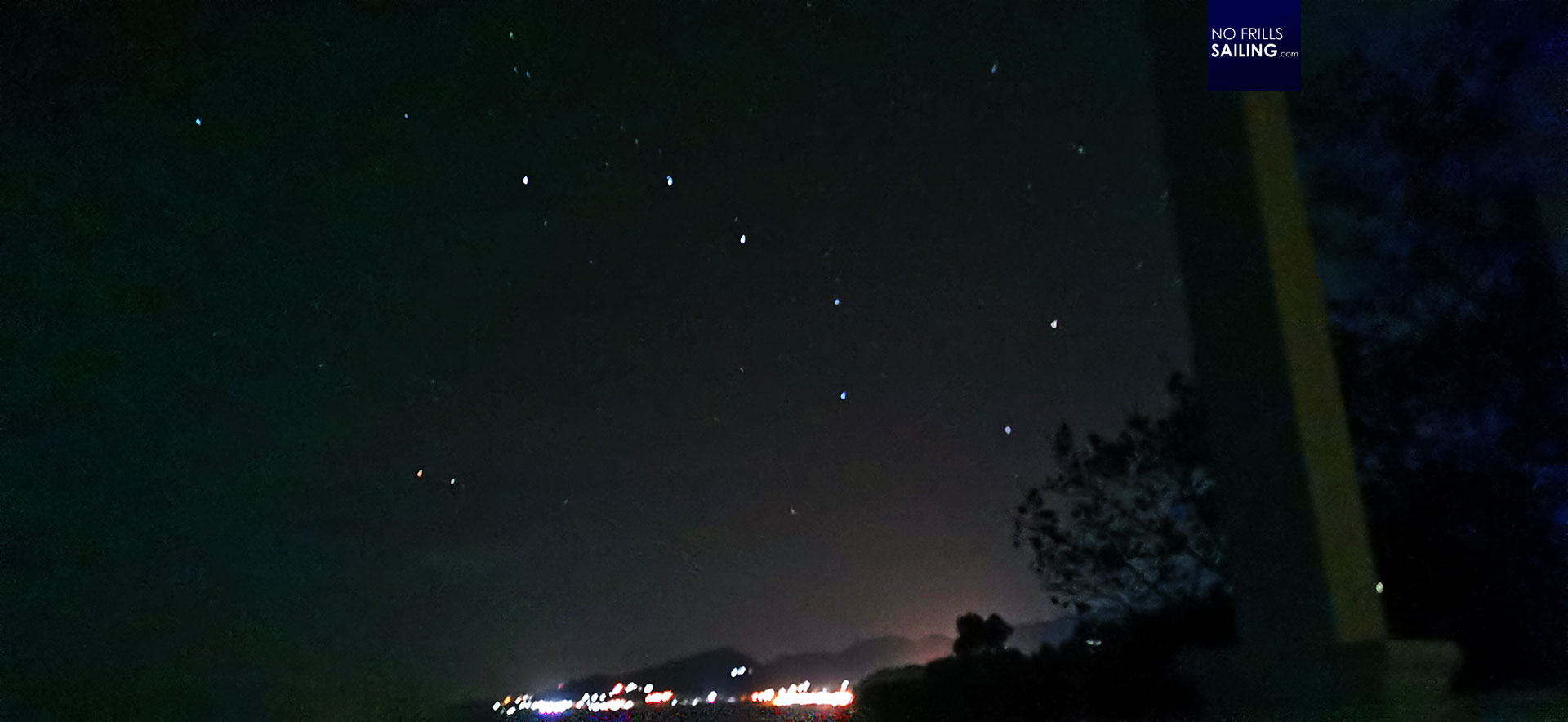
Here´s where Greece comes into play: Every time I am here I am stunned by the grand night sky, this splendid setting oof a grand play performed each night above our heads. Greece is blessed with the best, most stable and most attractive general weather of Europe I would say: It´s always warm during daytime and even in deep winter it´s not colder than mild 15 degrees Celsius. Perfect to have my kids up in the evening to see if they can find the Big Dipper or Cassiopeia. They did it in a matter of seconds: It works so easy.
A helpful App for Daddy´s or Mommy´s mobile phone
Now, the next step would be to tell them stories about the old adventurers, pirates even or discoverers who set out their wooden ships with no more than the bare knowledge of these stellar constellations. Sailing “due East” to supposed promised lands. It´s easy now for the kids to tell where this “East” is when they now always know where North is to be find (at least at night and at least on the Northern Hemisphere). Well, that´s an adventure: Staying up at night, applying new knowledge, experiencing a sense of achievement.
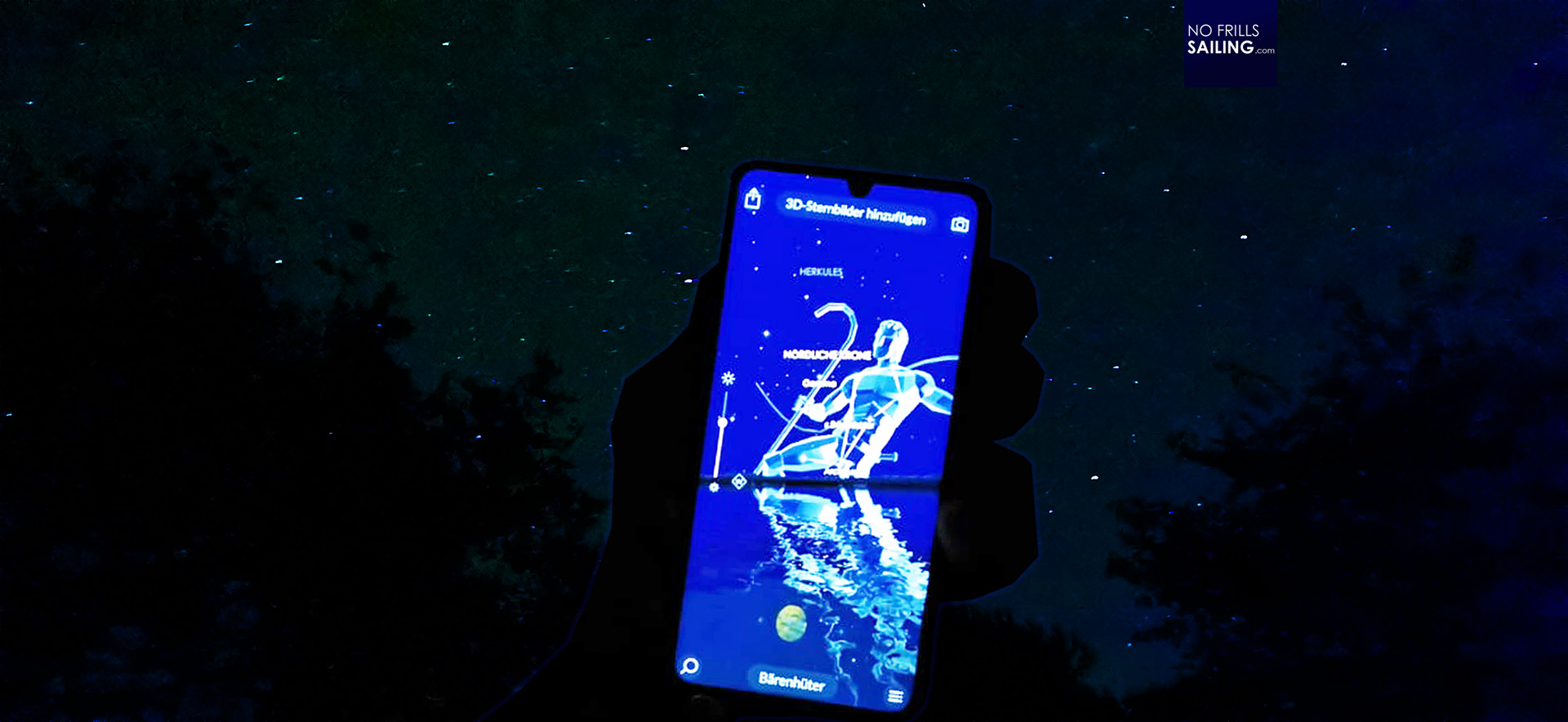
I recommend an app that is called Star Walk 2 which can be downloaded and used for free to identify stars and constellations. Even the free version contains a load full of knowledge and transports it very easy and three-dimensional. The app also shows the planets of our solar system, which is especially interesting – even for adults who can learn a lot as well. For my kids it was the biggest thing to see Mars for the first time and – photographed by my smart phone – even see that the planet really is red indeed.

So that’s great fun and if not exaggerated the kids will find it very pleasing and fun. Connecting practical learning at the beach and during the evening hours with reading stories about the old times, seafarers and pirates, one will create a sense for the importance of the knowledge of stars and constellations. It draws a direct connection to sailing and I can tell from experience with my own kids: They want to try out and apply their new knowledge: “Daddy, when will we go sailing at night?”. Mission accomplished.
Getting kids excited about sailing
Getting kids excited about sailing is not a matter of a general recipe. There are kids who love the competitive aspect of sailing. They will be thrilled and excited by joining a sailing club, boarding an Opti or Laser and find themselves in the middle of a fun and fierce competition in a kid´s regatta. Others – like mine – prefer the “story”-like approach: Listening to the old seafaring tales, dreaming themselves away aboard. In any case, the best foundation to have them loving to sail later is to make them being excited about ships, nature and re-enacting the stories the know and love.
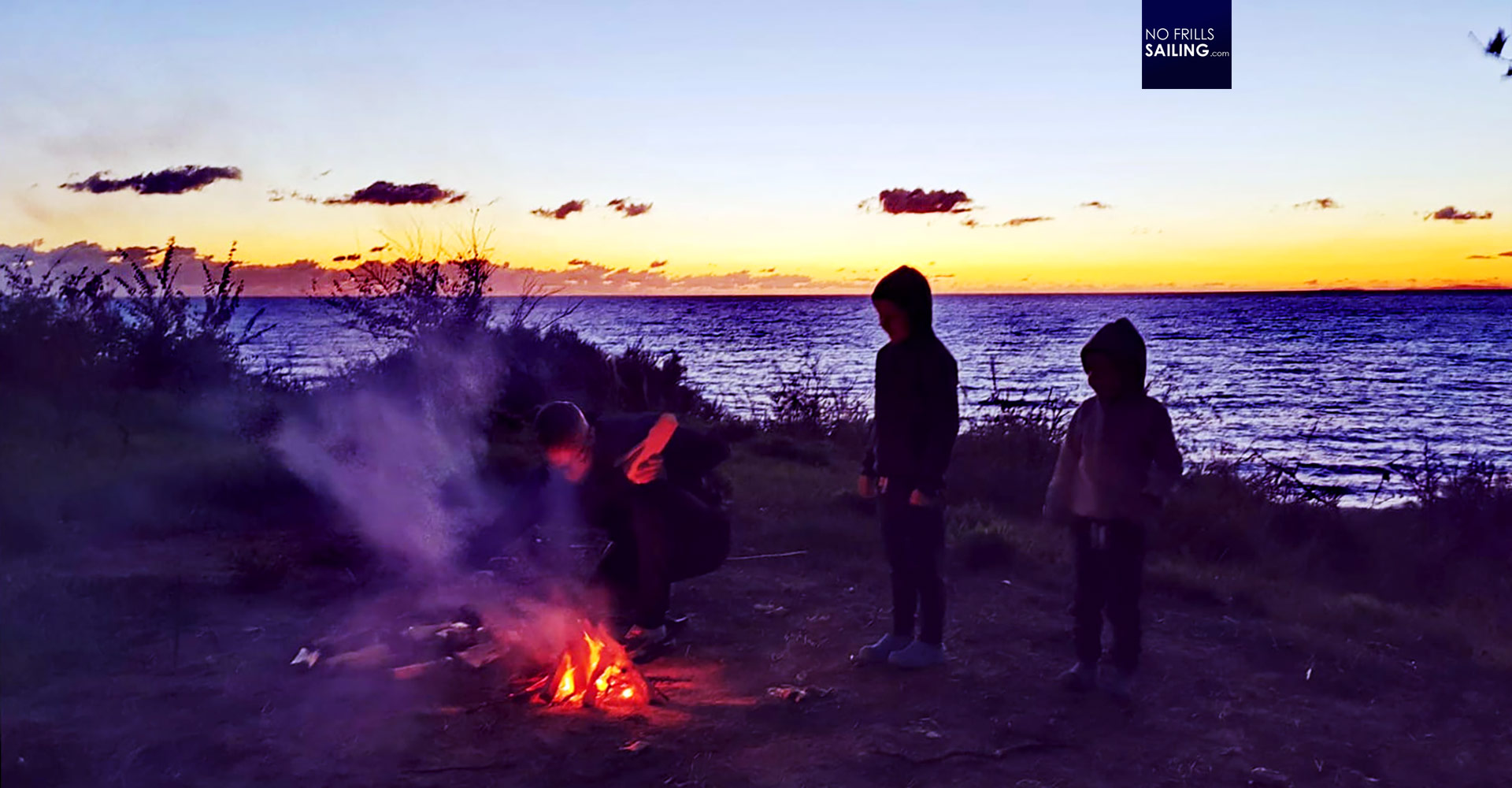
I will begin sailing more frequently with my kids next year as my new boat is coming – I slowly increase the pace and intensity. Next to making them loving to sail because of the stories they know, there are two more important topics I have in mind when it comes to sailing with children: Safety (LINK) and how to behave on board on the one hand and of course how to sail, capture and utilize the power of the winds. But that is indeed something that can best be taught when boarding an actual boat. Identifying their first own stars was perfect for this land-based vacation time.
All Sailing with Kids-articles may be browsed by clicking on the submenu here
You may also like to read:
An archipelago adventure in Sweden
Children´s life jackets: How it´s made
Sailing with kids, part 1
